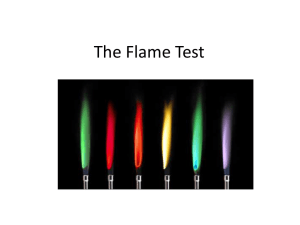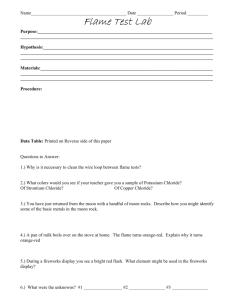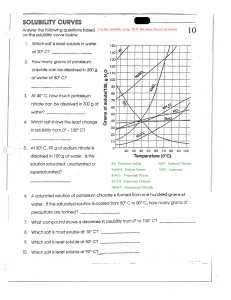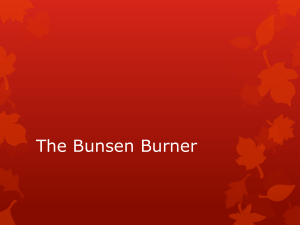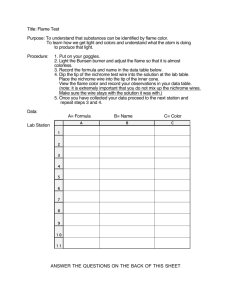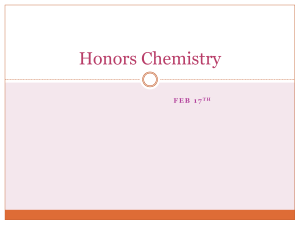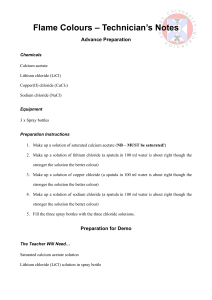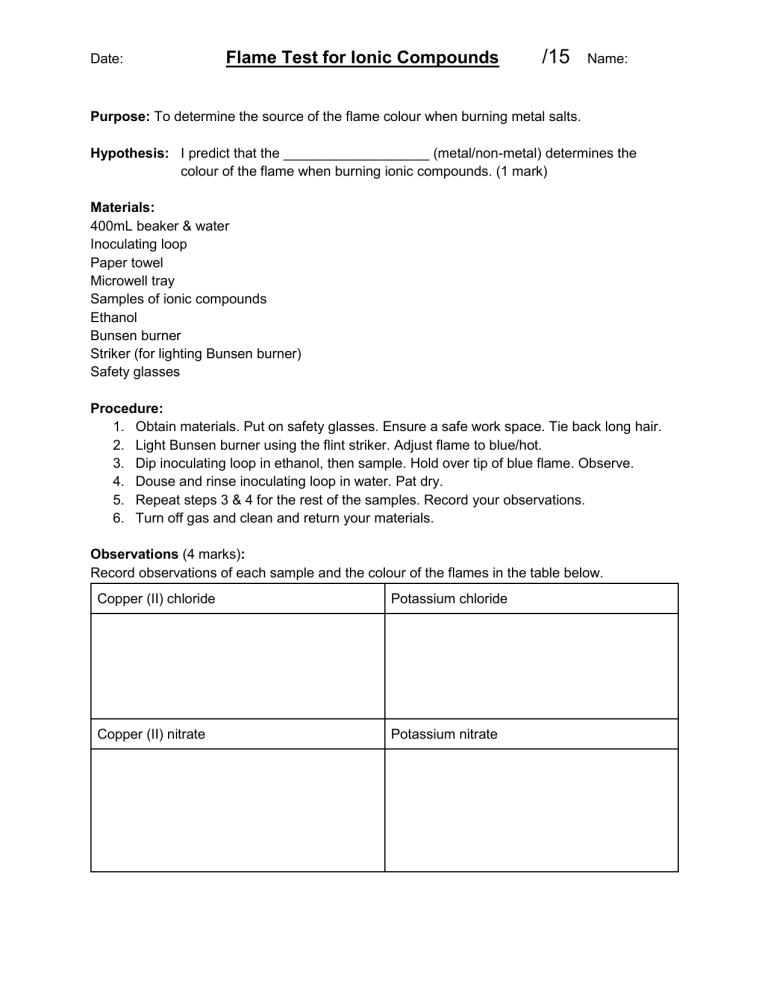
Date: Flame Test for Ionic Compounds /15 Name: Purpose: To determine the source of the flame colour when burning metal salts. Hypothesis: I predict that the ___________________ (metal/non-metal) determines the colour of the flame when burning ionic compounds. (1 mark) Materials: 400mL beaker & water Inoculating loop Paper towel Microwell tray Samples of ionic compounds Ethanol Bunsen burner Striker (for lighting Bunsen burner) Safety glasses Procedure: 1. Obtain materials. Put on safety glasses. Ensure a safe work space. Tie back long hair. 2. Light Bunsen burner using the flint striker. Adjust flame to blue/hot. 3. Dip inoculating loop in ethanol, then sample. Hold over tip of blue flame. Observe. 4. Douse and rinse inoculating loop in water. Pat dry. 5. Repeat steps 3 & 4 for the rest of the samples. Record your observations. 6. Turn off gas and clean and return your materials. Observations (4 marks): Record observations of each sample and the colour of the flames in the table below. Copper (II) chloride Potassium chloride Copper (II) nitrate Potassium nitrate Analysis: 1. Write the formulas for each of the compounds used in this experiment. (4 marks) Copper (II) chloride Copper (II) nitrate Potassium chloride Potassium nitrate 2. In the above compounds, which are the metals and which are the non-metals? (2 marks) Metals Non-metals Conclusion (4 marks): 3. Based on your observations, explain whether it is the metal or the non-metal that is responsible for the colour of the flame. Indicate whether this supports or refutes your hypothesis. Be sure to use complete sentences and refer to your observations in your answer.
